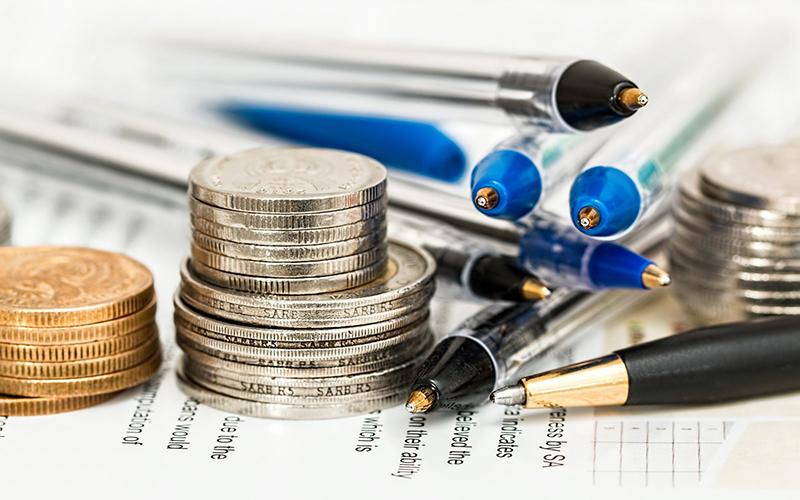
VAT reverse charge applies from 1st March 2021
From 1st March 2021 the VAT reverse charge will apply to supplies of building and construction work.
This change will affect nearly all landscape contractors and sub-contractors, and it is important BALI members understand the consequences of the changes.
How will it affect me?
If you pay other people for work which you bill-on, or you are paid by other contractors, the way in which you deal with VAT will change from 1st March 2021.
What is the VAT reverse charge?
From 1st March 2021 all landscape sub-contractors supplying landscape services to a VAT-registered contractor will no longer receive VAT from the contractor. Instead, the contractor will pay the VAT normally paid to the sub-contractor, directly to HMRC.
This means if you are a VAT-registered sub-contractor, registered with the CIS scheme who currently receives VAT payments from a contractor client, as of 1st March 2021 you will no longer receive VAT from these clients.
Who will the reverse charge apply to?
The new charge will apply where the customer (contractor) and the supplier (sub-contractor) are both:
- VAT registered
- Registered with the Construction Industry Scheme (CIS)
- Doing works that are either subject to standard rate (20%) or reduced rate (5%) VAT
Which landscape services will the reverse charge apply to?
The reverse charge will apply to the same services currently reported under the CIS, which includes the following landscape services:
- landscaping a housing estate, an industrial estate or the surrounds of a house as a finishing operation in a wider project of construction
- landscaping a location following demolition of buildings or structures
- the construction of walls, drives, patios and suchlike, as part of ‘routine landscaping’
- tree-felling as part of site clearance
- turf laying as part of a wider project of construction
The reverse charge does not apply when only materials are supplied but does apply when the cost of materials is included within a service provided - and this is regardless of material or labour content. If they are on the same invoice, all are included in the reverse charge procedure.
The VAT reverse charge for building and construction services does not apply if:
- Contractors use sub-contractors for zero-rated work
- If the contractor or sub-contractor is not VAT registered
- Where building or construction works are for end users (consumers and final customers)
What do I need to do?
Contractors must:
- Advise the supplier (sub-contractor) if they are an end user – and therefore not subject to the reverse charge – in writing. HMRC suggest the following wording is used:
‘We are an end user for the purposes of section 55A VAT Act 1994 reverse charge for building and construction services. Please issue us with a normal VAT invoice, with VAT charged at the appropriate rate. We will not account for the reverse charge’
Sub-contractors must:
- Ask the customer if they are an end user and should record this request and any response in writing and retain as evidence.
- Identify and record evidence supplied to suggest the customer (contractor) is VAT registered and subject to CIS.
If the customer is not an end user and subject to the VAT reverse charge, the sub-contractor must advise on their invoice that the reverse VAT charge applies. Whilst no VAT will be charged on the invoice, the invoice must refer to the reverse charge and how much VAT is due (20% or 5%). HMRC suggest the following wording is used:
‘Reverse charge: VAT Act 1994 Section 55A applies’
OR
‘Reverse charge: S.55A VATA 94’ applies’
OR
‘Reverse charge: Customer to pay the VAT to HMRC’
Remember: If subcontractors wrongly apply the reverse charge and do not obtain VAT from the customer, whilst they will not receive VAT from the customer, they will still be expected to pay VAT to HMRC. The customer may be difficult to trace/no longer exist when the error arises, leaving the subcontractor to pay the VAT.
Further reading:
Government website: VAT reverse charge technical guide
Government website: Flowchart to identify normal VAT charges or domestic reverse charge
